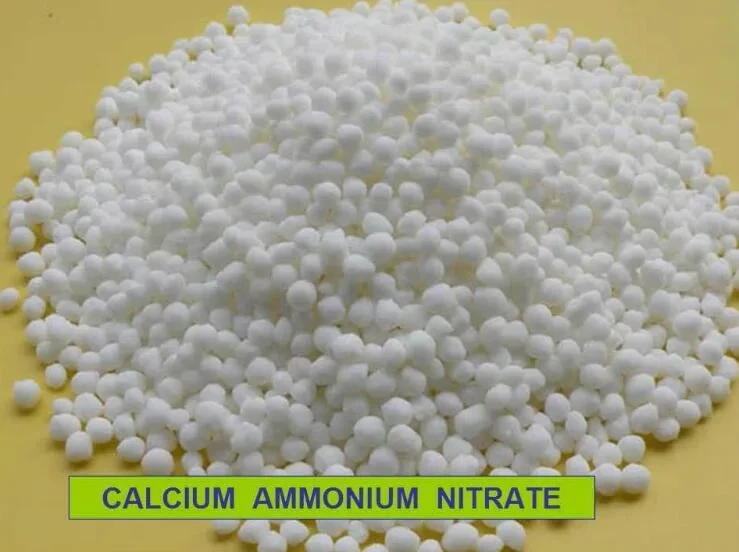



Chemicals Used in the Treatment of Sewage Water for Environmental Safety and Efficiency
Sewage Water Treatment Chemicals Key Players in Environmental Preservation
Sewage water treatment is a crucial process aimed at reducing pollution and reclaiming water for reuse. This practice involves the removal of contaminants and harmful substances from wastewater before it is released back into the environment or used for agricultural and industrial purposes. One of the vital components that ensure the effectiveness of sewage treatment is the use of various chemicals, which facilitate the breaking down of organic matter, disinfect the water, and assist in various chemical reactions crucial for the treatment process.
The Role of Chemicals in Sewage Treatment
Chemicals play several roles in the treatment of sewage water, including coagulation, flocculation, disinfection, and pH adjustment
. These processes work together to enhance the efficiency of the treatment system and ensure that the treated water meets regulatory standards for environmental safety.1. Coagulation and Flocculation The first step in wastewater treatment typically involves the coagulation of suspended particles. Coagulants, such as aluminum sulfate (Alum) and polyaluminum chloride, are added to the sewage water. These chemicals promote the aggregation of smaller particles into larger clumps known as flocs. This phase is critical because it transforms the suspended solids, making them easier to remove during subsequent treatment steps. After coagulation, the flocculation process occurs, where gentle stirring helps the flocs grow larger and settle more effectively.
2. Disinfection After the physical and chemical treatment processes, disinfection is necessary to eliminate pathogens and microorganisms that pose health risks. Common disinfectants include chlorine, chloramines, ozone, and ultraviolet (UV) light. Each of these chemicals has its benefits; for example, chlorine is widely used due to its effectiveness and cost efficiency, while UV light offers a chemical-free alternative that does not introduce any residual chemicals into the water.
3. pH Adjustment Maintaining an optimal pH level is crucial for the functioning of biological treatment processes. Chemicals such as sulfuric acid or sodium hydroxide are used to adjust the pH of the sewage water to create an ideal environment for the microorganisms that break down organic matter. The efficiency of these biological processes is greatly influenced by the pH level, making this step essential for maximizing the removal of organic pollutants.
sewage water treatment chemicals

4. Nutrient Addition In some cases, sewage water may be deficient in nutrients, particularly nitrogen and phosphorus, which are essential for microbial growth in biological treatment systems. Chemicals such as ammonium salts or phosphates can be added to provide these nutrients, promoting more efficient breakdown of organic matter and enhancing the overall treatment process.
Environmental Impact and Safety Considerations
While sewage treatment chemicals are essential for efficient wastewater management, their use must be implemented thoughtfully to minimize environmental impacts. For instance, the residue from chemical treatment processes can sometimes lead to chemical residues in the treated water. Therefore, wastewater treatment plants must employ rigorous monitoring and management practices to ensure compliance with environmental regulations and to keep harmful byproducts at bay.
Moreover, the safety of workers and the public must be a priority when handling sewage treatment chemicals. This includes providing adequate training on the safe handling and storage of these chemicals, as well as ensuring proper waste management practices for any leftover or expired chemicals.
Conclusion
Sewage water treatment chemicals play a pivotal role in restoring the balance of our ecosystems by ensuring that wastewater is treated effectively before it re-enters the environment. Their application ranges from coagulation and flocculation to disinfection and pH adjustment, each step being vital for eliminating contaminants. As our world faces increasing challenges related to water scarcity and pollution, advancements in sewage treatment technologies and a deeper understanding of chemical interactions will be key in enhancing water quality and sustainability. The careful implementation of these chemicals not only safeguards public health but also contributes significantly to environmental conservation efforts, underscoring their importance in modern wastewater management practices.
-
Why Sodium Persulfate Is Everywhere NowNewsJul.07,2025
-
Why Polyacrylamide Is in High DemandNewsJul.07,2025
-
Understanding Paint Chemicals and Their ApplicationsNewsJul.07,2025
-
Smart Use Of Mining ChemicalsNewsJul.07,2025
-
Practical Uses of Potassium MonopersulfateNewsJul.07,2025
-
Agrochemicals In Real FarmingNewsJul.07,2025
-
Sodium Chlorite Hot UsesNewsJul.01,2025










